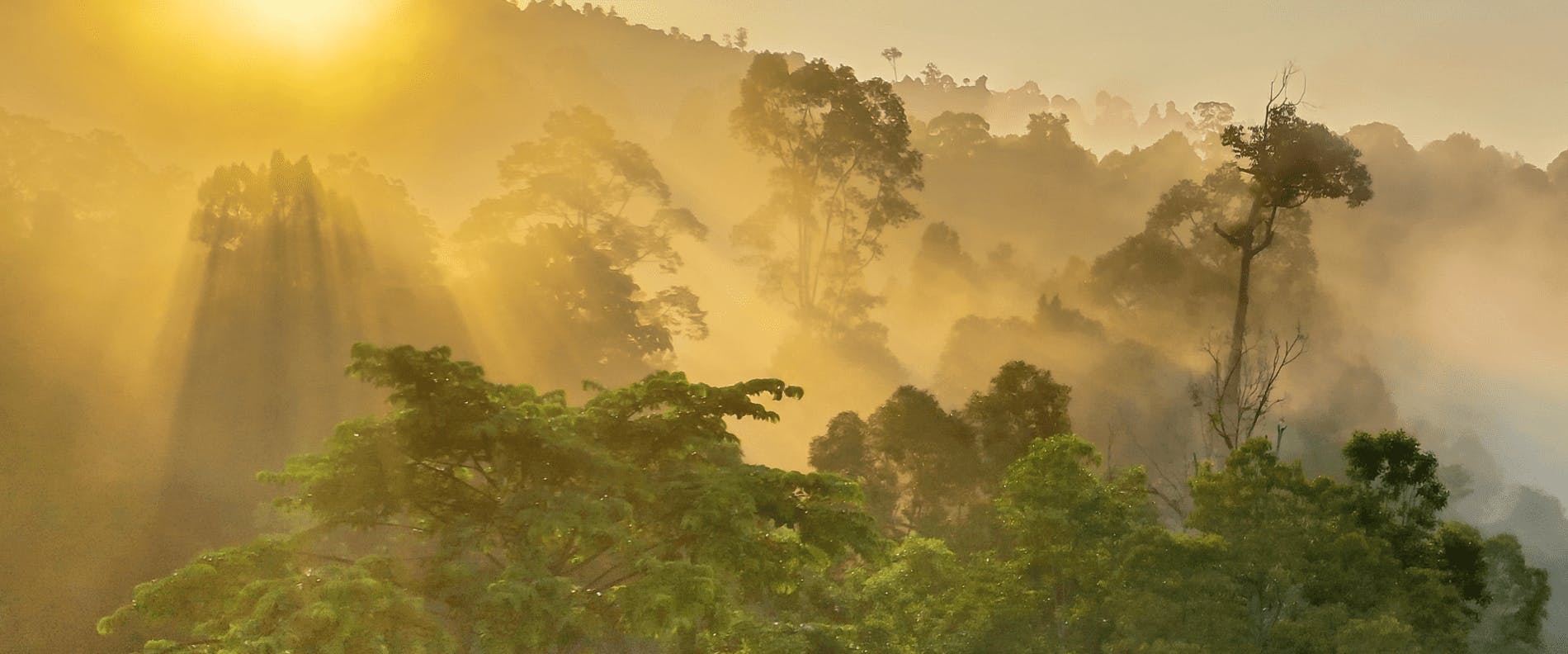Researching the role of tree diversity in the restoration of functioning tropical forest using a long-term experiment and drone-based remote sensing

Tropical forests are some of the most biodiverse communities on the planet which also provide important local and global ecosystem services (carbon storage, water quality, soil quality etc.). The impacts of selective logging on the diversity, functioning and stability of tropical forest ecosystems are poorly understood and we have even less knowledge of how to best restore them.
Sabah Biodiversity Experiment was established in 2002 to address the scientific question of the relationship between biodiversity and ecosystem functioning within the real-world context of forest restoration knowledge gaps. The project addresses pure ecological questions (the relationship between biodiversity and ecosystem functioning and stability) within an applied context with several local partners. Sabah Biodiversity Experiment was designed to be field-scale so that it could make evidence-based recommendations for management and restoration. SBE is consequently one of the world’s largest ecological experiments with >100,000 trees planted in 125 plots covering 500 ha of selectively-logged forest and with long-term data collected since 2002. However, the collection of field data using traditional field methods is time-consuming, expensive and limited in the type of information that can be collected.
The aim of this collaboration between Oxford University (Prof. Andrew Hector and CASE PhD candidate Ryan Veryard) and Dendra Systems is to combine the established strengths of the long-term experiment and data of SBE with the new drone-based remote sensing and analytic approaches developed by Dendra Systems. The potential exists to extend the drone-based assessment of forest quality and restoration needs, and the efficacy of rehabilitation efforts, to other sites within Sabah and the region in collaboration with local partners. This new technology should facilitate more efficient sampling of the extensive SBE field site while the existing long-term data will allow ground-truthing of the drone data. Mapping of the forest would be conducted with different drone-based sensors including visual (RGB) and multispectral (4 bands) sensors using Dendra’s aerial technology and AI capabilities. The access to both visual range (RGB) and multispectral imaging enables assessment of a broad range of forest metrics. The data then will be uploaded to the MyDendra Portal developed by Dendra Systems and analysed by the project partners using unique algorithms. The resulting data will give insights into the relationship between tropical forest biodiversity, and overall ecosystem health.
Key publications
1. Wu, J. et al. (2020) Monitoring tropical forest degradation and restoration with satellite remote sensing: A test using Sabah Biodiversity Experiment. Advances in Ecological Research (in press). 2. Tuck SL, et al. (2016) The value of biodiversity for the functioning of tropical forests: insurance effects during the first decade of the Sabah biodiversity experiment. The Philosophical Transactions of the Royal Society B 283: 20161451. 3. Hector, A., et al. (2011) The Sabah Biodiversity Experiment: a long-term test of the role of tree diversity in restoring tropical forest structure and functioning. The Philosophical Transactions of the Royal Society B, 366, 3303-3315.